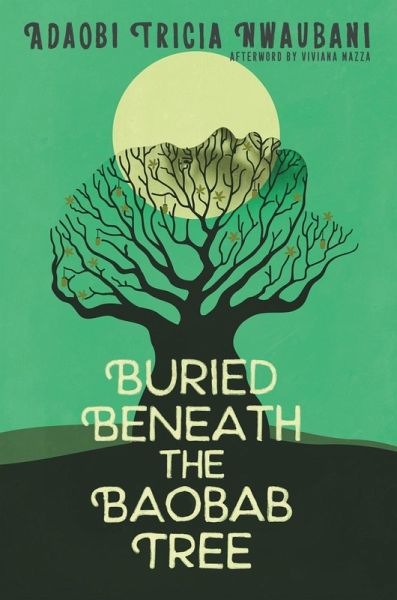


Orientalists often describe parts of Southwest Asia and North Africa with the intention of representing the entire Orient, and a wide range of moral attitudes, religions, languages, cultures and political structures are folded into one.Īs such, the idea of the Orient functions more as an abstract antithesis the West defines itself against than as an accurate descriptor of a region. Consequently, the geographical vagueness of “the Orient” works to conflate a vast and diverse array of landscapes, peoples and cultures into a single, unchanging unit. Orientalists might write about countries as varied as Lebanon, Turkey and Iraq with little distinction. Indeed, the Orient doesn’t have a stable set of geographical bounds. While the term has been used to describe countries in East and South Asia, Said mainly focuses on how it’s used in relation to Southwest Asia and North Africa, or the Middle East. Barenboim-Said Foundation (USA) What is “the Orient”?Īccording to Said, the Orient is a “semi-mythical construct” imposed on a set of countries east of Europe.

Edward Said shows how Orientalist writings and ideologies perpetuate views of Middle Eastern people as inferior, subservient, and in need of saving.


 0 kommentar(er)
0 kommentar(er)
